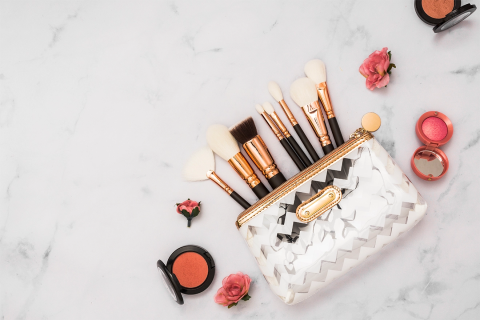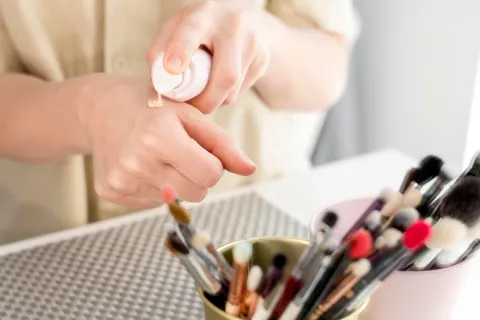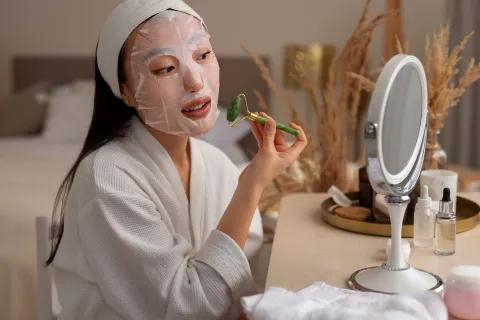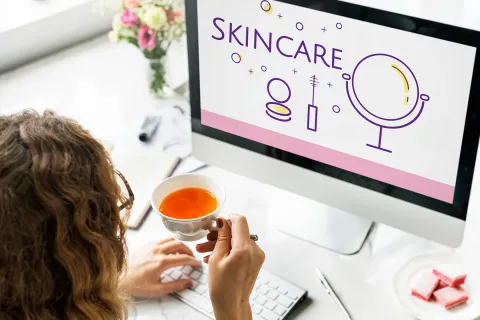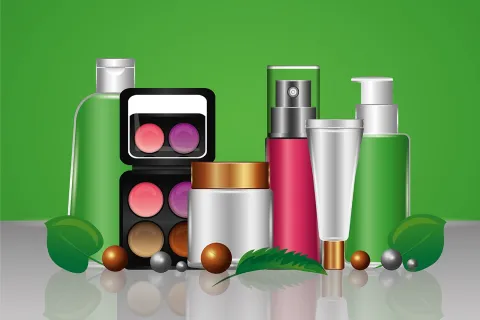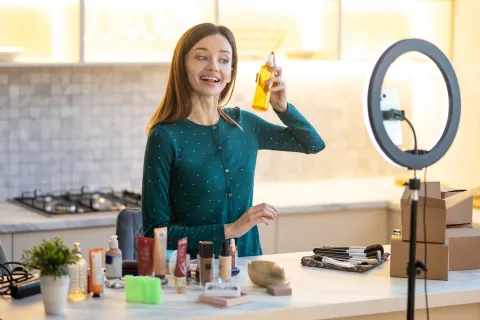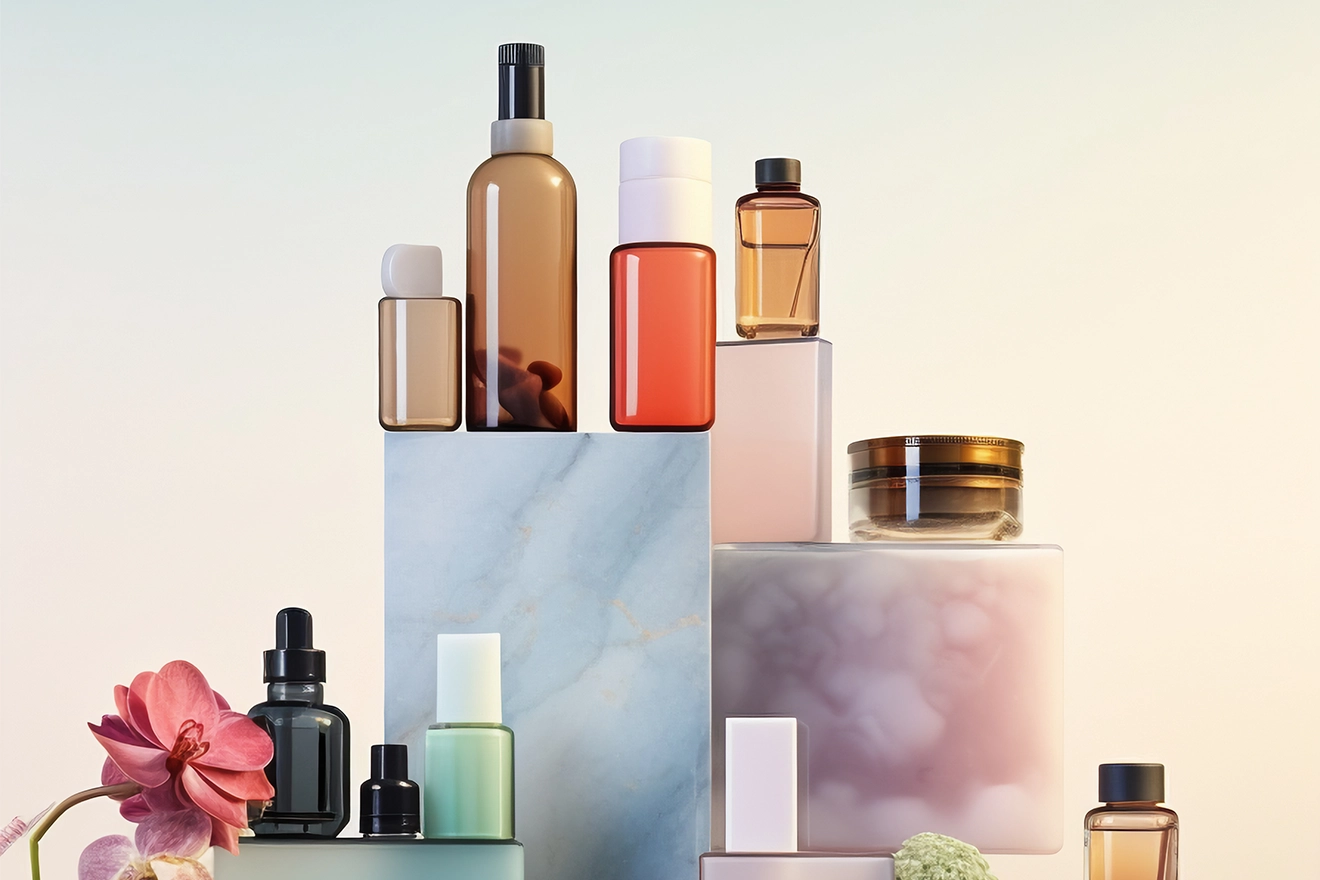
Cosmetic products are regulated so that they are safe for regular/repeated use and efficacious as claimed or presumed. Historically, cosmetics were supposed to be a blend of overtly safe ingredients with an onus of safety lying majorly with the industry. The Modernization of Cosmetics Regulation Act of 2022 (MoCRA) signifies a turning point in the US FDA's jurisdiction over cosmetics, ushering in an era characterized by heightened safety and accountability. In this blog, we delve into the core tenets of safety substantiation as outlined in MoCRA, shedding light on its implications for consumers and manufacturers while highlighting the link between MoCRA and safety substantiation in the cosmetics industry.
Safety Substantiation: Unveiling the Core Principles
MoCRA refrains from specifying rigid tests for individual products or ingredients, opting instead for a clear directive: Cosmetic product safety must be supported by data derived from scientifically robust methods.
It is a known fact that several states in the USA have banned animal testing for cosmetic products, and the US FDA also mentions that animal testing is not a requirement for marketing a cosmetic product. To ensure compliance with MoCRA, brand owners or Responsible Persons (RPs) can take advantage of a variety of data sources, including relevant safety data/reports that are already available for the products in question. It is important to note that data/reports pertaining to other jurisdictions (e.g., EU CPSR/PIF) might need review and customization to ensure compliance with the US regulations, which also include state regulations in addition to federal requirements.
The safety of a cosmetic product is determined both at the product and raw material level. Safety at the product level is supported by physicochemical, microbiological, and clinical testing data, along with usage direction and precautionary measures provided on the product label. However, it is important to note that the safety of cosmetic products principally depends on their raw materials, composition/ingredients (including impurities), and their respective levels (percentage) in the product formulation. Raw materials are qualified based on their documentation review, which includes composition, specification, Certificate of Analysis (CoA), origin, impurities declaration, etc. On the other hand, the safety of individual ingredients is determined based on study data and scientific reviews available from public sources. In the absence of required data, various alternate approaches like Quantitative Structure-Activity Relationship (QSAR) models, read-across, in silico, established History of Safe Use (HoSU), etc., may be used as the weight of evidence information. The US FDA also takes Cosmetic Ingredient Reviews (CIR) into consideration while evaluating cosmetic ingredient safety. Overall, the responsibility of a certified and/or qualified safety assessor is to evaluate the safety of cosmetic ingredients and determine if any additional testing or reformulation will be required to ensure the safety of a cosmetic product.
To conclude, MoCRA initiates a transformative phase for the cosmetics sector, elevating safety to a paramount concern. This monumental shift underpins a sturdy framework for safety substantiation, encompassing data utilization, requisite supplementary testing, and unwavering commitment to Regulatory deadlines. Ultimately, it represents a collective commitment to foster a cosmetics industry that champions safety, quality, and sustainability as its cornerstones. For those navigating this evolving terrain, seeking guidance from Freyr's experts on the seamless alignment of safe cosmetic products with the Regulatory landscape is an astute choice. Book a meeting with us today!



